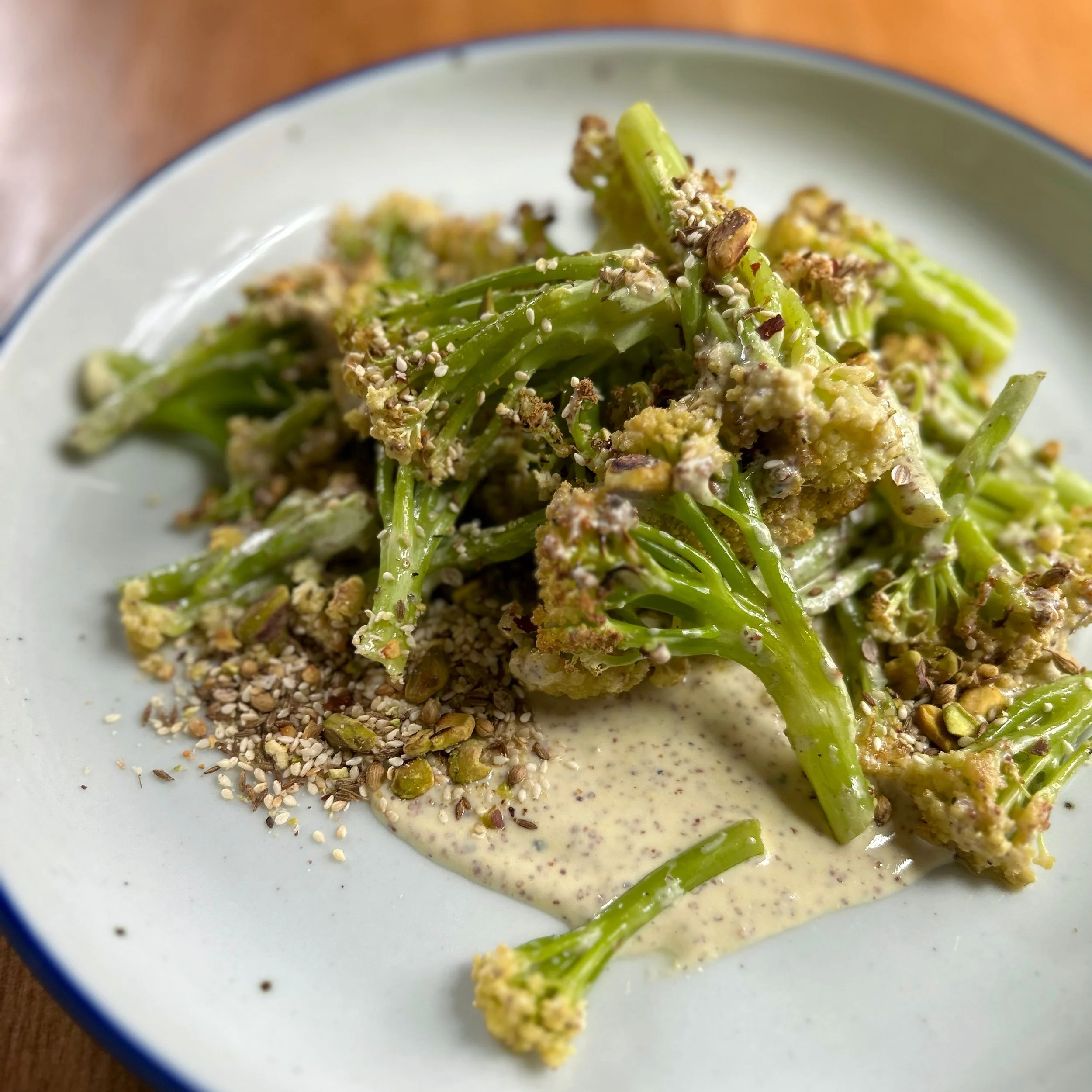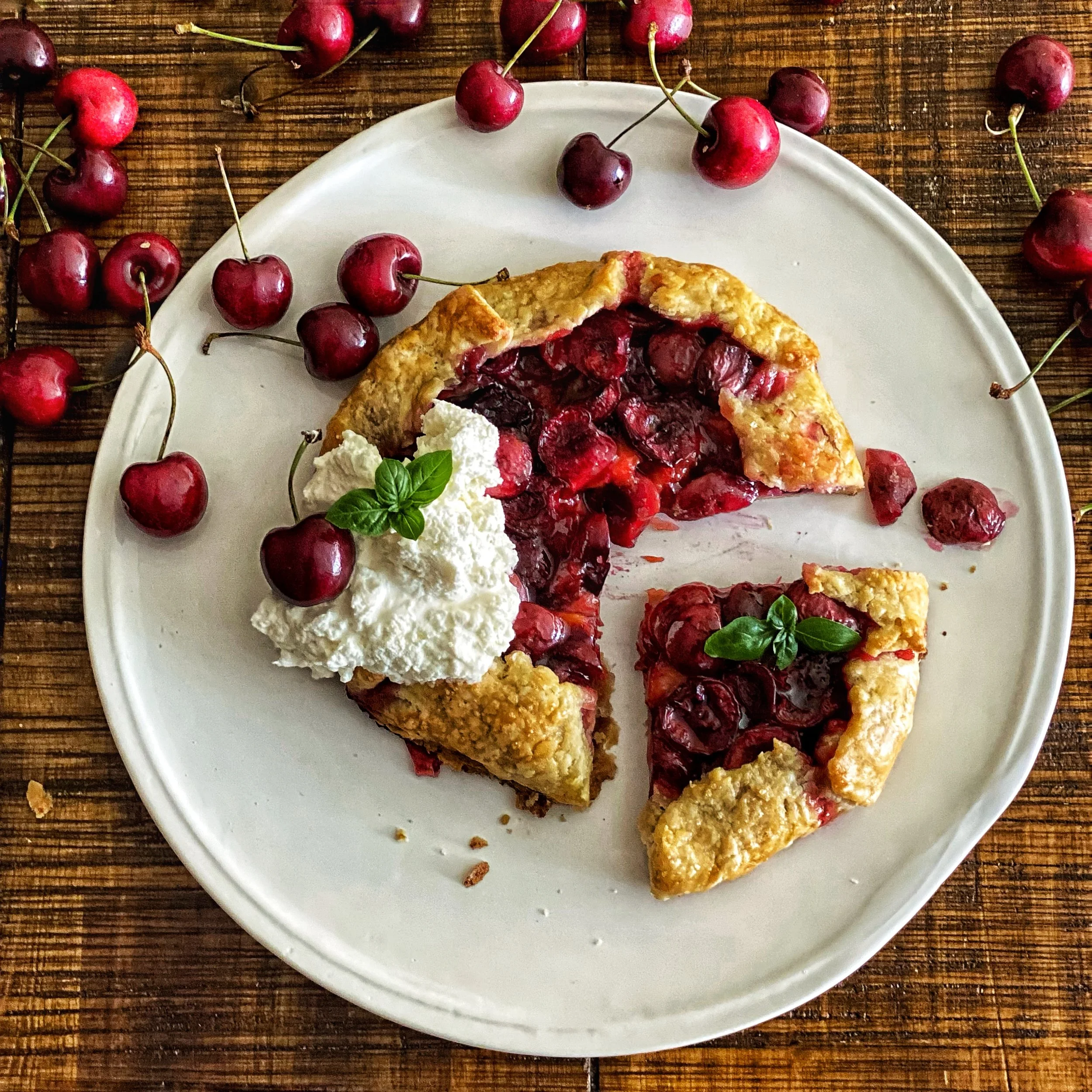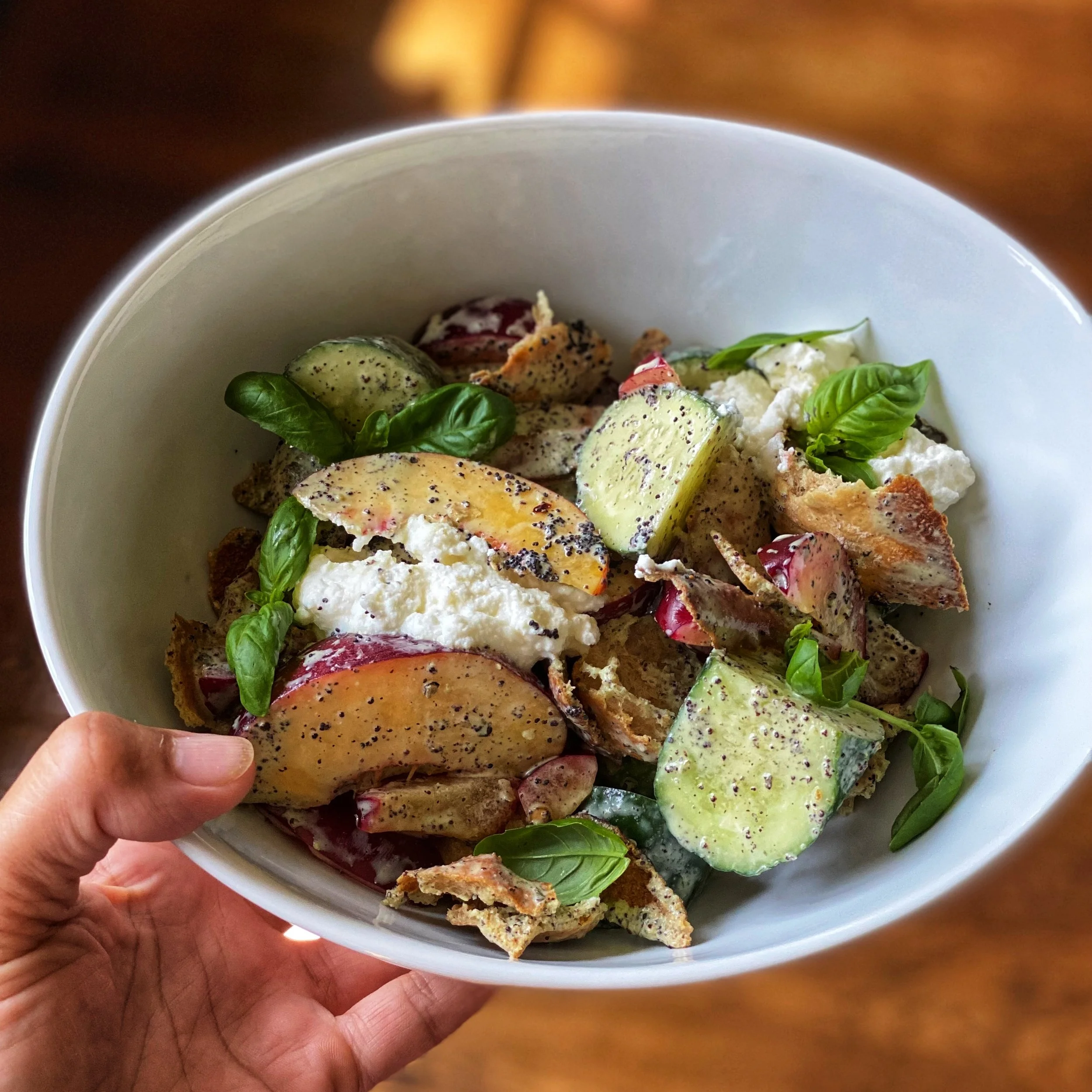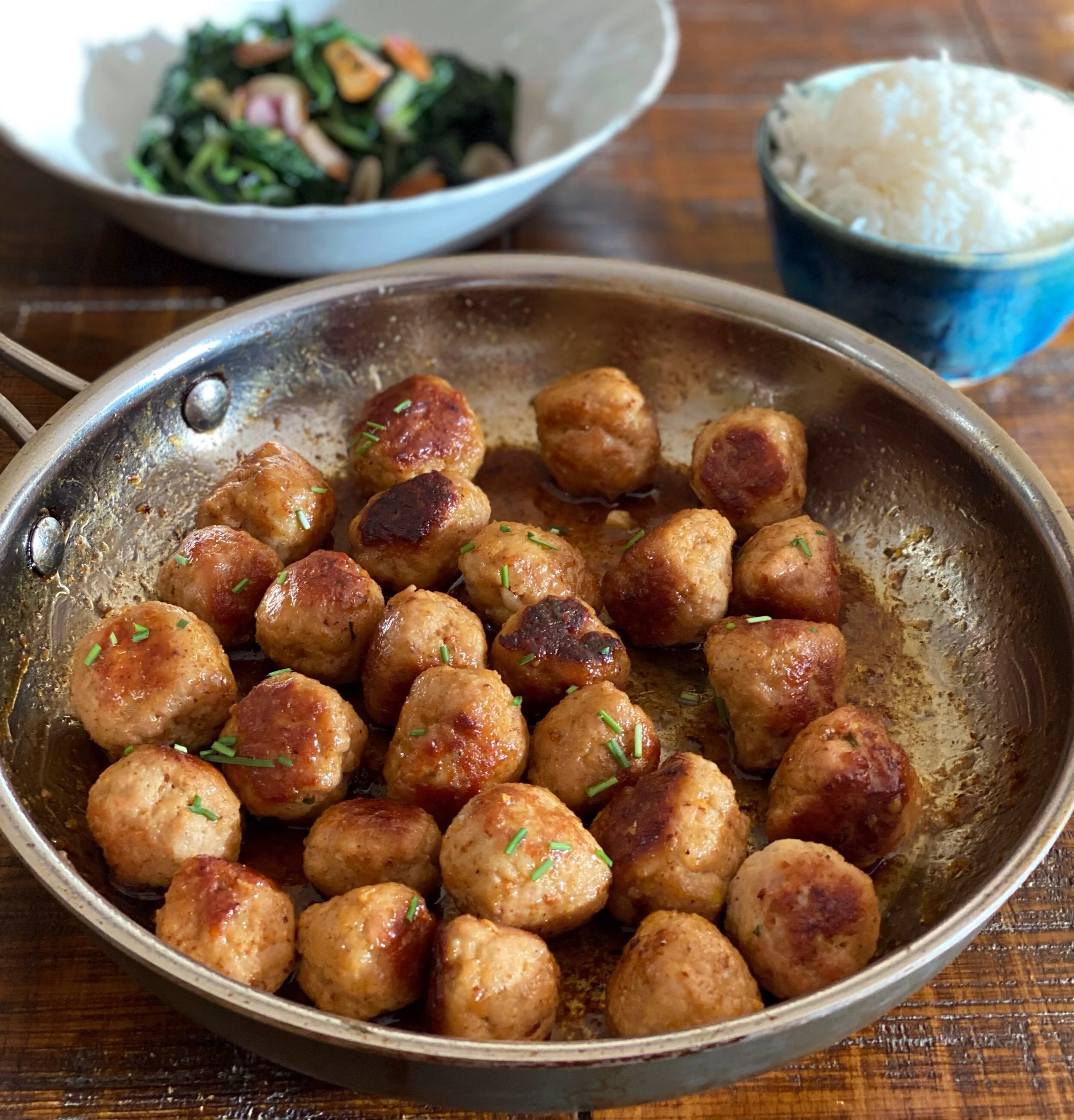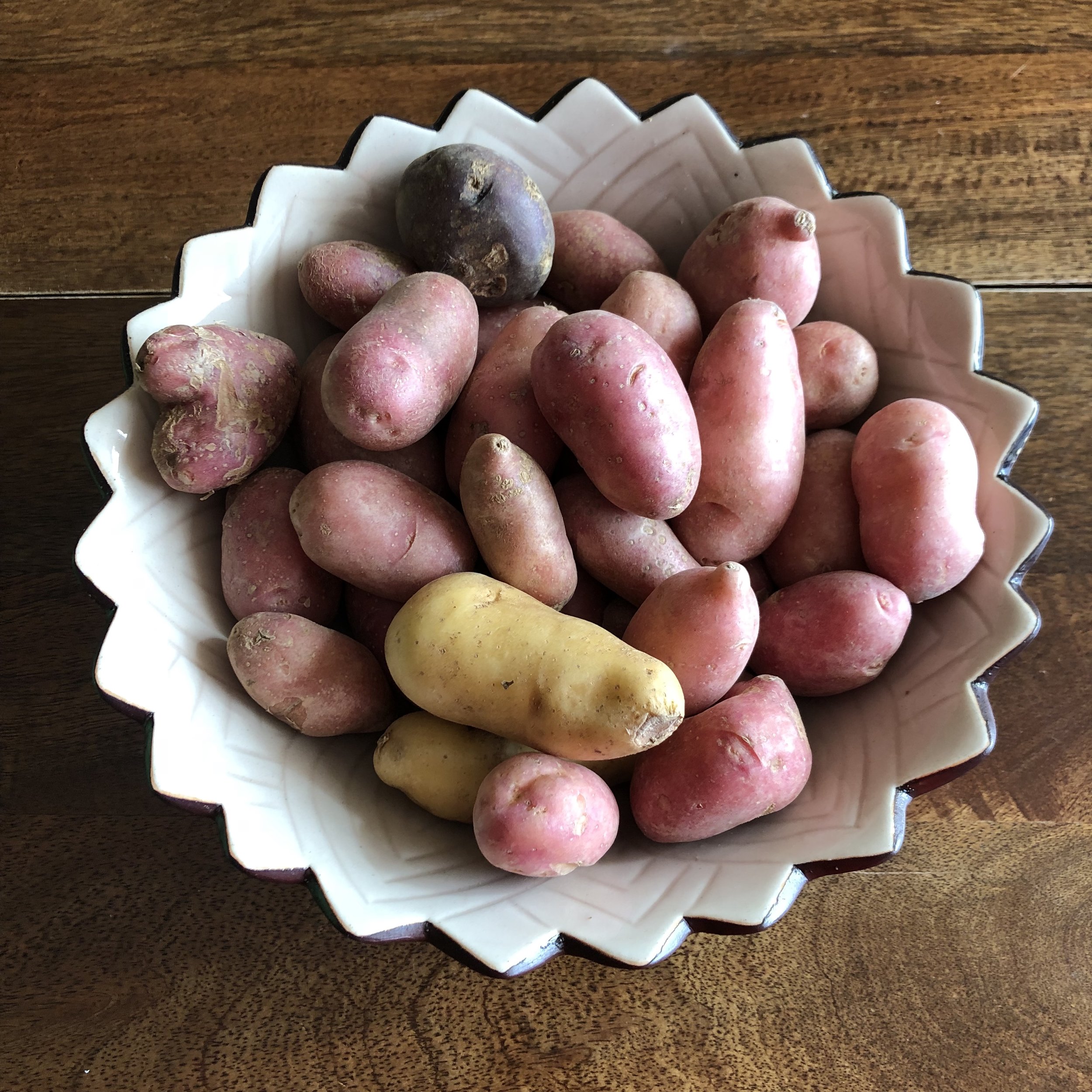Although we enjoy our potatoes year-round, their chance to shine starts with Thanksgiving and continues through the cooler months, when we gobble up this “storage” crop.
Years ago, while studying abroad in Nepal, I understood first hand what this meant. I arrived at one homestay in the snowy mountain region of Annapurna just after the potato harvest and actually had the privilege of bunking up with the family’s potato stores. Those potatoes, overflowing from large wicker baskets in a cold dry loft above the hut would last them through the cold winter, primarily boiled and dipped in Himalayan salt.
Here, we treat ourselves to mashed potatoes at the holidays, incorporate them in our winter stews and roast them alongside chickens for Sunday dinner. Nothing says winter comfort food quite like a potato. But there are as many varieties of potatoes as dishes we make with them.
Farmer Ted (our CSA hero farmer from upstate NY) supplies at least 7 varieties each year, not even including the sweets and yams. I'm often asked, what's the difference between all of these spuds. I mean, a potato is a potato, right? Right. Um sorta. So why do I need all of these different varieties?
Well, each variety provides different nutrients and things we need for optimal health. You could read up on it in Jo Robinson's impeccably researched book, "Eating on the Wild Side" or you could just take my word for it. Okay, so variety of potatoes, yah, yah, yah, can I just cook them all the same way? Sure, you could. Potatoes are delicious pretty much any way you slice 'em, or roast them or boil them or you get the picture, but in my kitchen experience, I have found that some potatoes just lend themselves better to certain things than others...
Fingerlings of all shapes and colors are best when halved (or kept whole if really tiny), tossed in olive oil and salt and roasted in a hot oven (say 400 degrees) until crisped on the outside. I like adding fresh or dried hearty herbs like rosemary, whole garlic cloves, and whole spices like cumin seeds to mine too. These are also the best variety for slicing thinly for a tart, to top a pizza or elevate a salad.
Russet potatoes: there's a reason you often see these baked whole at steak houses. They make the best baked potatoes and vessels for all of those toppings, like butter, sour cream, cheese, broccoli, bacon, and of course they are great for twice baked or stuffed potato skins. But what you might not realize is that leftover baked Russet potato flesh is perfect to form into gnocchi, or mix into croquettes or veggie burgers. They don't add too much moisture and their starches are useful for binding other ingredients together.
I use Yukon golds and red potatoes in pretty much everything else, like all sorts of mashed potatoes - garlic mashed, sour cream and chives, with gravy, I'm drooling for Thanksgiving now. Justifiably so, they go by the term “creamer” potatoes in some places. They are also my go to for chowders, all stews including My Dad’s Beef Stew, my Auntie Sheila's Puerto Rican Rice and Beans recipe, latkes, and for filling pierogi.
As we near Thanksgiving 2018, I feel compelled to provide an important public service announcement in regards to potatoes. Whichever variety you use for your mashed potatoes (although I recommend the yukon golds or reds), please DO NOT whip those potatoes with an electric mixer nor put them into a food processor. You may think this will help get a smooth and creamy consistency, it WON’T. While your potatoes may end up “lump free” they’ll be so gummy and gluey that you won’t be able to appreciate the absence of lumps. If you really want to make a mash in a food processor, then consider Creamy Mashed Cauliflower instead.
